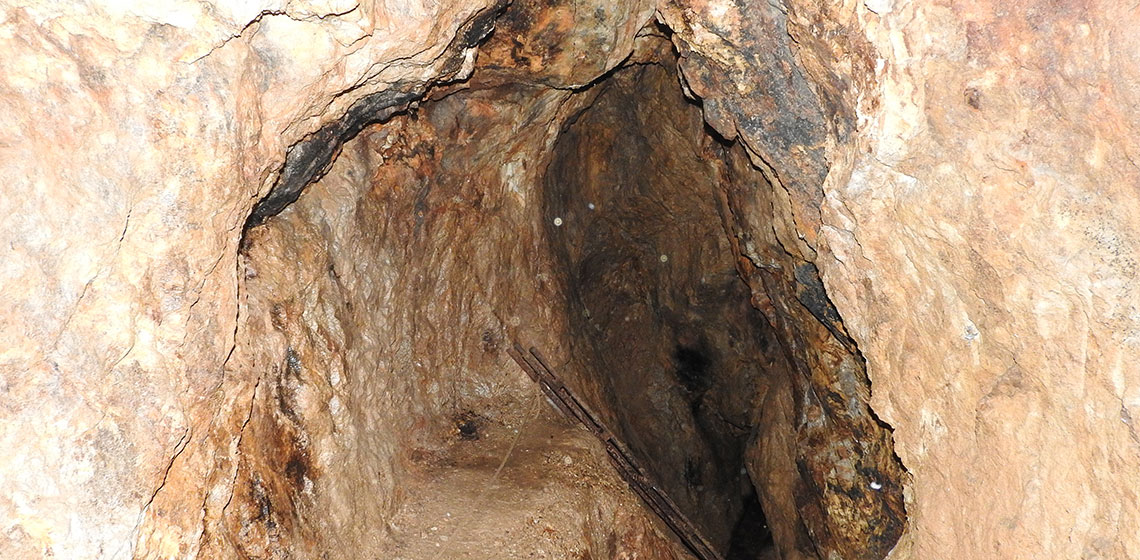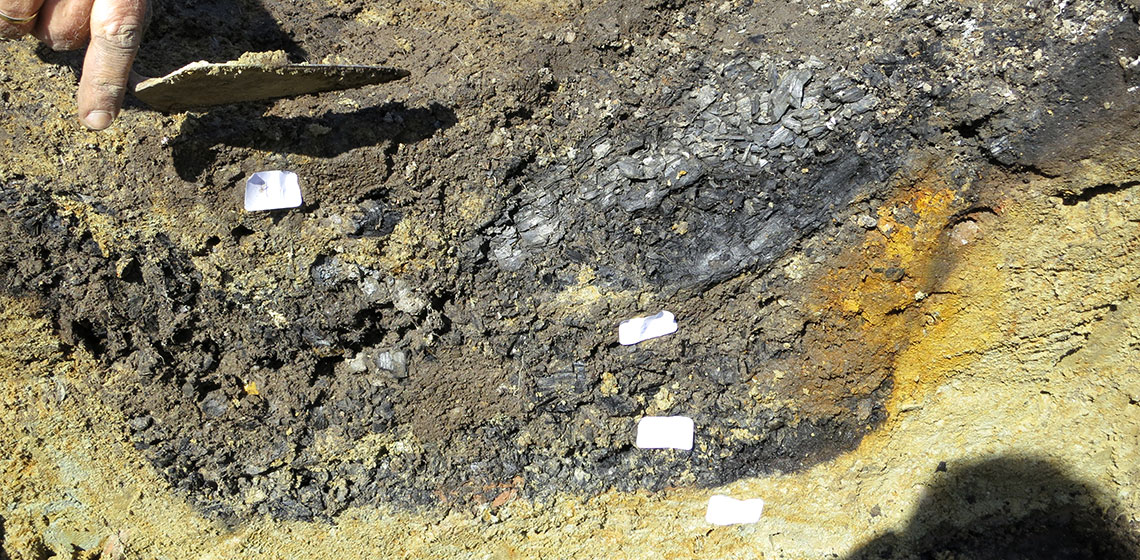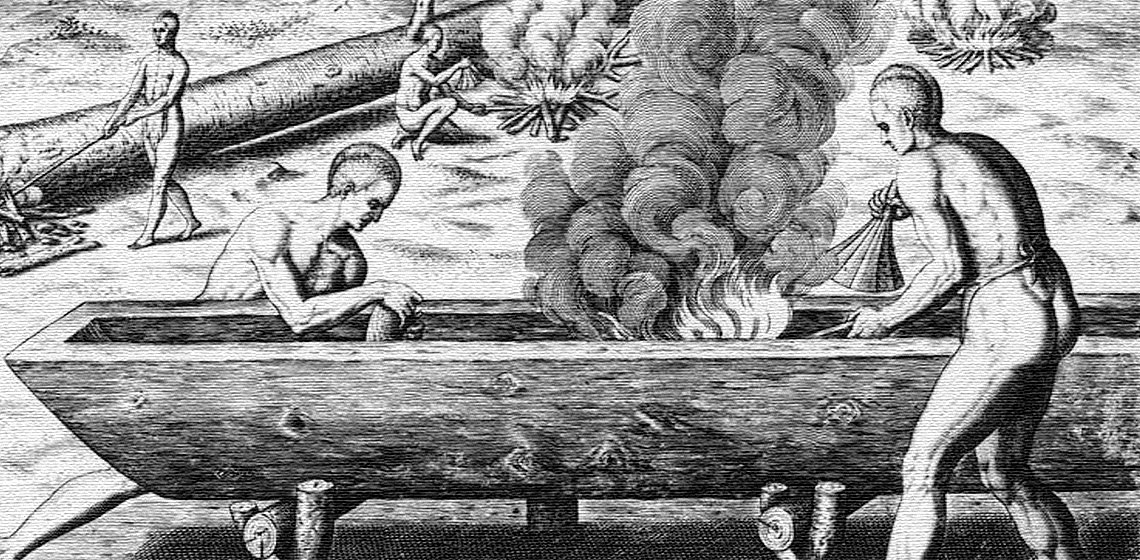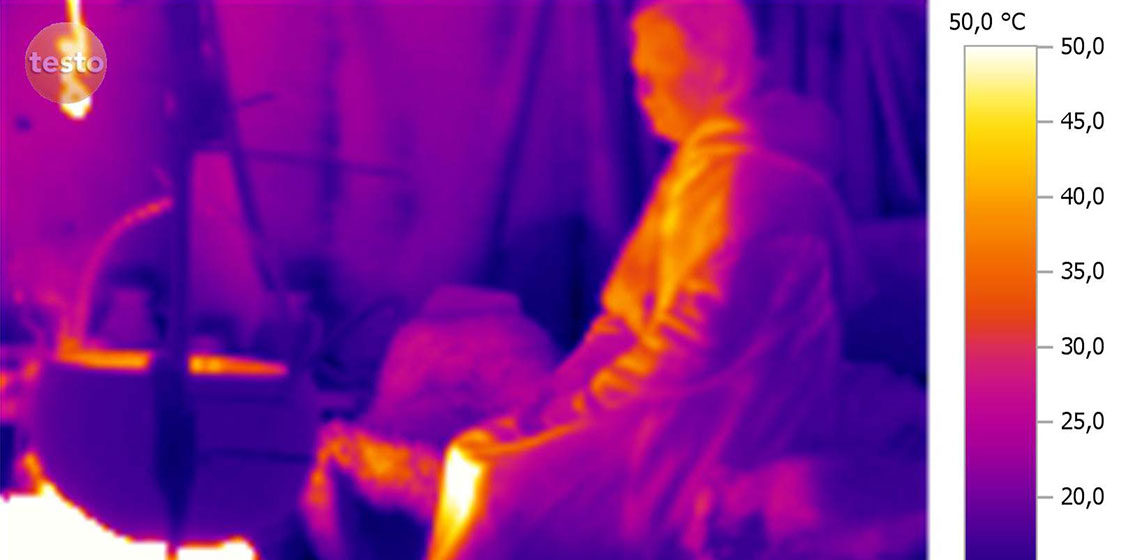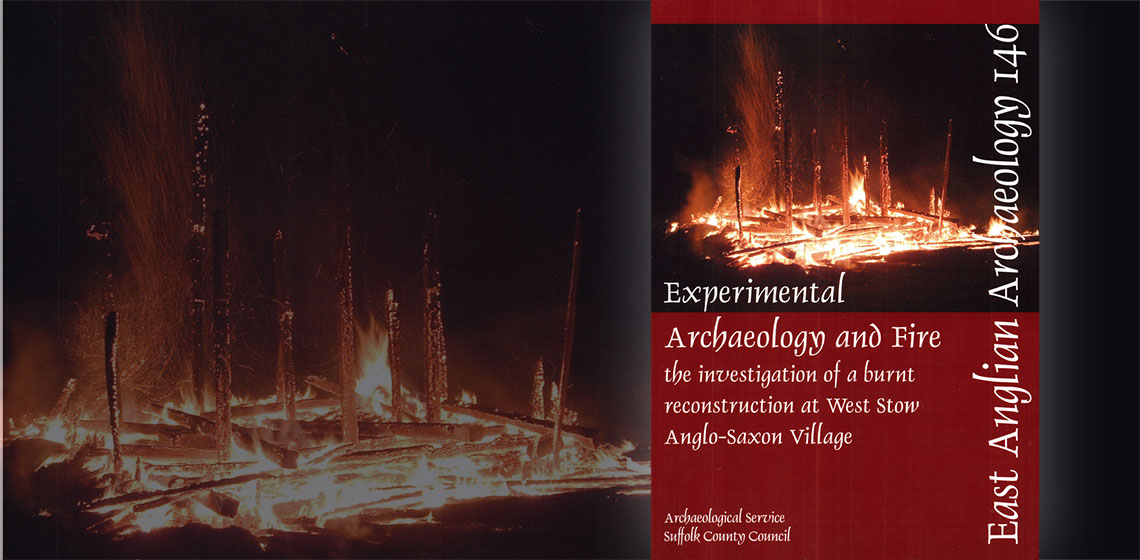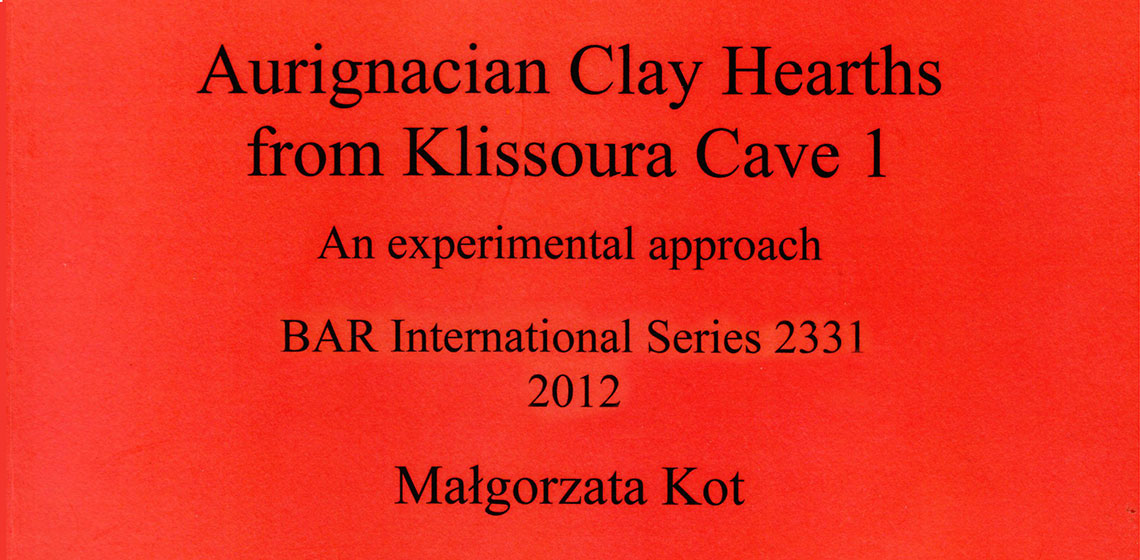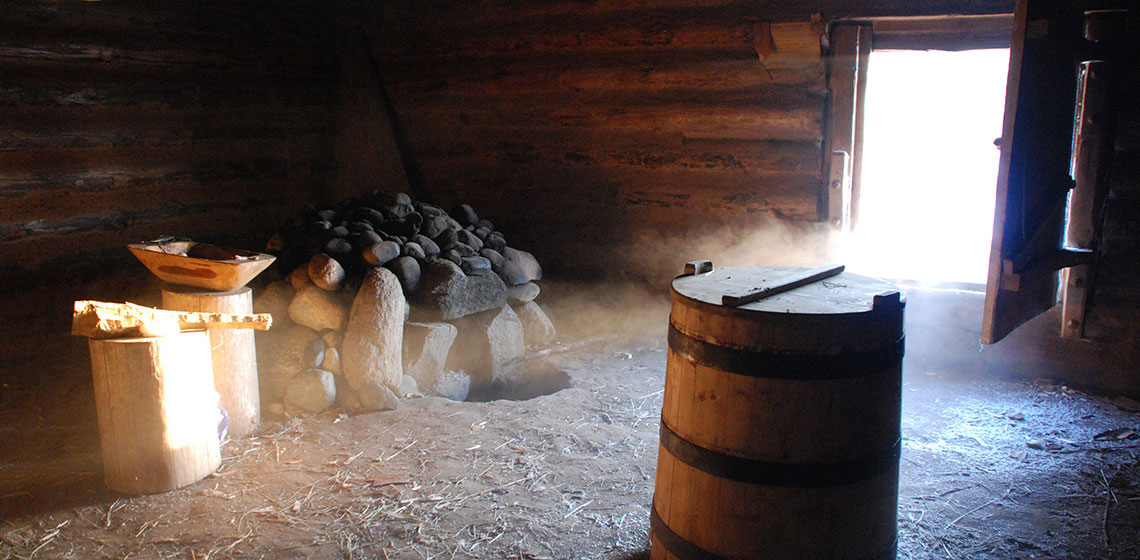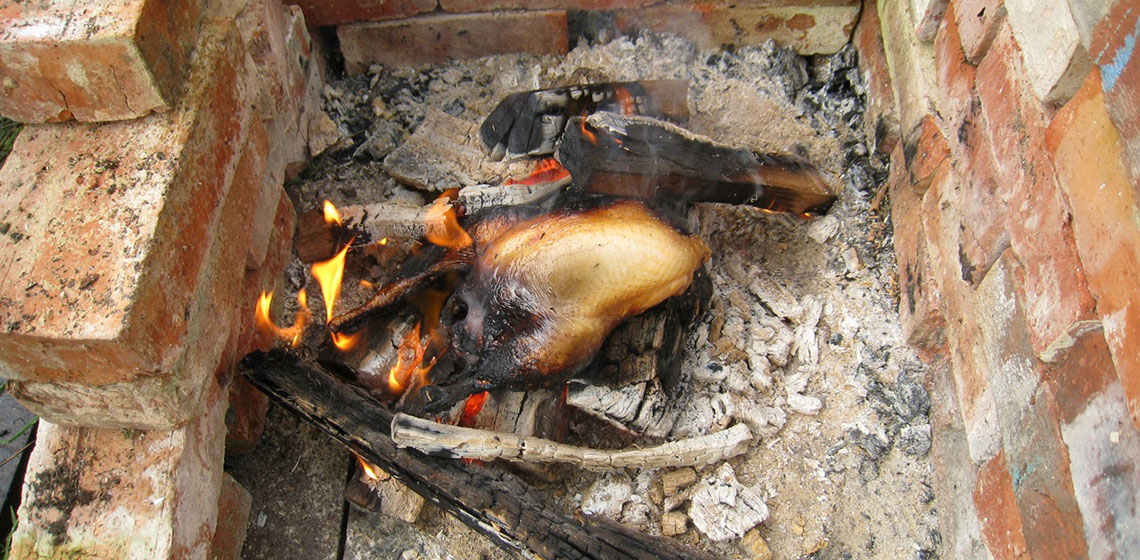fire
The Variation of Elastic Modulus and Changes of Structures and Mineral Phases in Rocks as Parameters for the Identification of Fire-Setting in Ancient Mines
Publication Date
The article is focused on the creation of a protocol for the analytical characterization of fire-setting in different types of rock. A set of experiments of heating and cooling have been carried out on different kind of rocks under various conditions and durations in order to record changes in the structures and composition of the samples. This study was set to support the solution of issues in the case of...
Diagenesis in Modern, Danish, Burned Pig Bone
Publication Date
During archaeological excavations, burned bones are often found as a result of cremation, cooking or accidental fire. Even though the bones are burned, their elemental composition might still hold information about diet, habitat and health history in the past.
The Prometheus Project
Publication Date
7th UK EA Conference Cardiff 2013
***The Prometheus Project was an experimental archaeological investigation carried out at Butser Ancient Farm, Hampshire, England, into prehistoric logboat building techniques. The project focused on exploring the use of fire in building logboats...
***The Prometheus Project was an experimental archaeological investigation carried out at Butser Ancient Farm, Hampshire, England, into prehistoric logboat building techniques. The project focused on exploring the use of fire in building logboats...
Living Conditions and Indoor Air Quality in a Reconstructed Viking House
Publication Date
7th UK EA Conference Cardiff 2013
***During the winter of 2011 and 2012 an archaeological indoor environment experiment was conducted in two reconstructions of the same house from the Viking Age built in Denmark. The purpose of the experiment was to examine the living conditions inside the houses during 15 weeks in wintertime...
***During the winter of 2011 and 2012 an archaeological indoor environment experiment was conducted in two reconstructions of the same house from the Viking Age built in Denmark. The purpose of the experiment was to examine the living conditions inside the houses during 15 weeks in wintertime...
Book Review: Experimental Archaeology and Fire. The Investigation of a Burnt Reconstruction at West Stow Anglo-Saxon Village by Jess Tipper
Publication Date
What should an archaeologist do if one of the reconstructions of an experimental village is accidentally burning during the night? Simple: pick up a camera and start taking pictures. And then, of course, plan the excavation to record as much information as possible followed by an analytical and detailed publication on the results...
Book Review: Aurignacian Clay Hearths from Klissoura Cave 1: an Experimental Approach by Malgorzata Kot
Publication Date
About 90 concave, clay-lined hearths were identified during excavations of Aurignacian layers (ca. 35000BC in Klissoura Cave 1, Greece). Only two similar combustion features, identified at the Czech site Dolni Věstonice and defined as kilns, were known from Palaeolithic contexts before the excavations at Klissoura...
Testing a Reconstruction: A Frosty Week in a Viking Age House
Publication Date
In the summers of 2010 and 2011, an archaeologically inspired Viking Age horizontal log house with a two-layer split plank roof, clay floor and a dry-stone stove without a chimney was built in Rõuge, Estonia. In the winter of 2012 (30 January 2012 - 05 February 2012) a one-week living-experiment was organised to test the building...
Fire and Bone: An Experimental Study of Cremation
Publication Date
7th UK EA Conference Cardiff 2013
***Many bone fragments have been burned in controlled laboratory conditions but few have been burned on outdoor pyres. In order to study and understand cremated bone, it is crucial to conduct experiments in real environmental conditions. In this study several cremations were carried out outdoors...
***Many bone fragments have been burned in controlled laboratory conditions but few have been burned on outdoor pyres. In order to study and understand cremated bone, it is crucial to conduct experiments in real environmental conditions. In this study several cremations were carried out outdoors...
Interview: Sensing History with Hans-Ole Hansen
Publication Date
An interview with Hans-Ole Hansen, founding father of the Lejre Research Centre (DK), historical workshops and inspirer to many.
"In Lejre, we worked 30 years with education and experiment. There is always an exchange between education and research."...

